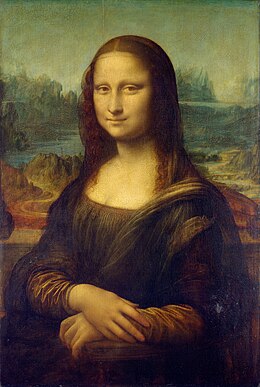
Neuroesthetics (or neuroaesthetics) is a recent sub-discipline of applied aesthetics. Empirical aesthetics takes a scientific approach to the study of aesthetic experience of art, music, or any object that can give rise to aesthetic judgments.[2] Neuroesthetics is a term coined by Semir Zeki in 1999[3] and received its formal definition in 2002 as the scientific study of the neural bases for the contemplation and creation of a work of art.[4] Anthropologists and evolutionary biologists alike have accumulated evidence suggesting that human interest in, and creation of, art evolved as an evolutionarily necessary mechanism for survival as early as the 9th and 10th century in Gregorian monks and Native Americans. [5] Neuroesthetics uses neuroscience to explain and understand the aesthetic experiences at the neurological level. The topic attracts scholars from many disciplines including neuroscientists, art historians, artists, art therapists and psychologists.
- ^ Hubel ML (2002). Vision and art : the biology of seeing. New York: Harry N. Abrams. ISBN 978-0-8109-0406-4.
- ^ Marin MM (7 August 2015). "Crossing boundaries: toward a general model of neuroaesthetics". Frontiers in Human Neuroscience. 9: 443. doi:10.3389/fnhum.2015.00443. PMC 4528177. PMID 26300762.
- ^ Zeki S (1999). Inner Vision: an exploration of art and the brain. Oxford University Press. ISBN 978-0-19-850519-8. OCLC 186405236.
- ^ Nalbantian S (December 2008). "Neuroaesthetics: neuroscientific theory and illustration from the arts". Interdisciplinary Science Reviews. 33 (4): 357–368. Bibcode:2008ISRv...33..357N. doi:10.1179/174327908X392906. S2CID 143011996.
- ^ Magsamen S (July 2019). "Your Brain on Art: The Case for Neuroaesthetics". Cerebrum. 2019. PMC 7075503. PMID 32206171.